Munstead English Lavender – 6 Pack Of Pint Pots
$69.97 Original price was: $69.97.$48.98Current price is: $48.98.
SKU: D2LSC 5748829451 Category: HERB PLANTS
- Sustainable materials, for a better tomorrow.
- Quality that lasts, prices that don't.
- Quality Products, Quality Service
- Have the best deals

Munstead English Lavender
Lavandula angustifolia ‘Munstead’
Common Names: Common Lavender, English Lavender
Plant Details
USDA Plant Hardiness Zones: 5a-9b Find Your Zone
Plant Type: Perennial Herb
Height at Maturity: 12-18″
Width at Maturity: 12-24″
Spacing: 12″ for mass plantings or solid borders; 36″ for space between plants
Spacing: 12″ for mass plantings or solid borders; 36″ for space between plants
Growth Habit / Form: Mounding
Growth Rate: Slow to Moderate
Flower Color: Lavender-Blue
Flower Size: Small flowers packed on wands
Flowering Period: Late Spring to Mid Summer
Flower Type: Spikes, Wands
Fragrant Flowers: Yes
Foliage Color: Gray-Green
Fragrant Foliage: Yes!
Berries: No
Berry Color: No
Sun Needs: Full to Mostly Sun
Water Needs: Average, low when established
Soil Type: Clay (Amend heavy clay to ensure good drainage), Loam, Sandy, Silt
Soil Moisture / Drainage: Moist But Well Drained, Drought Tolerant Once Established
Soil pH: 6.5 – 7.5 (Neutral to Slightly Alkaline)
Maintenance / Care: Low
Attracts: Butterflies, Beneficial Pollinators, Visual Attention, Sensory Appeal
Resistances: Cold Temperatures (-20F / Zone 5), Deer, Heat, Humidity, Insect, Rabbit
Description
An oldie-but-goodie that was introduced back in 1916, Munstead has stood the test of time remaining as one of the most popular Lavender varieties in the world still today. Thought by many to be the hardiest of all lavenders, Munstead features abundant spiked clusters of rich lavender flowers that fill the air with a sweet intoxicating fragrance from late spring through most of the summer. The highly fragrant flowers attract butterflies and beneficial pollinators and are excellent for both fresh or dried flower arrangements and bouquets, sachets and potpourri. Its compact habit and somewhat shorter stature makes it a good choice for edging paths and walkways, patios, or garden borders, or in containers. You might be happy to know that deer and rabbits turn their nose up to it.
Landscape & Garden Uses
Growing to only 12 to 18 inches tall and 18 to 24 inches wide, Munstead English Lavender is ideal for use as an accent in smaller garden spaces or in groupings or as a border where space allows. It is perfect as a border along walkways and paths and around patios and other outdoor living spaces where the pretty flowers and fragrance can be enjoyed. It has also done well for us in container gardens. A fine selection for herb gardens, perennial gardens, purple or lavender theme gardens, cut flower gardens, cottage gardens, and rock and fragrance gardens.
Suggested Spacing: 12 inches apart for mass plantings or solid borders; 24 inches or more apart for space between plants
How To Measure Total Square Feet Of A Planting Area
How Many Plants Needed To Cover A Planting Area?
Growing Preferences
Lavender is easy to grow in a moist to somewhat dry well-drained soil of average to low fertility and plenty of sun. Constantly soggy soil or standing water is problematic. If desired, the plant can be cut back by one-third its height after flowering to maintain a fuller plant. For example, if your plant is 30 inches tall you can cut it back to 20 inches tall.
Helpful Articles
Click on a link below to find helpful advice from our experts on how to plant, prune, fertilize and water Lavender plants.
How To Plant & Care For Lavender Plants
How To Grow Herbs In A Pot
How To Grow Herbs Indoors
Herb Garden Design Ideas & Tips
Plant Long & Prosper!
Meet The Wilson Brothers & Staff
Questions? Contact Us!
Be the first to review “Munstead English Lavender – 6 Pack Of Pint Pots” Cancel reply
Related products
Sale!
HERB PLANTS
Sale!
Sale!
HERB PLANTS
Sale!
Sale!
Sale!
Sale!
Sale!

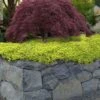


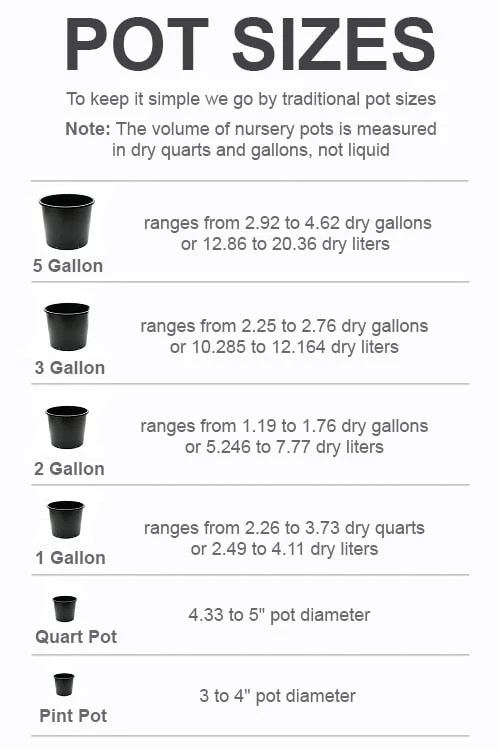

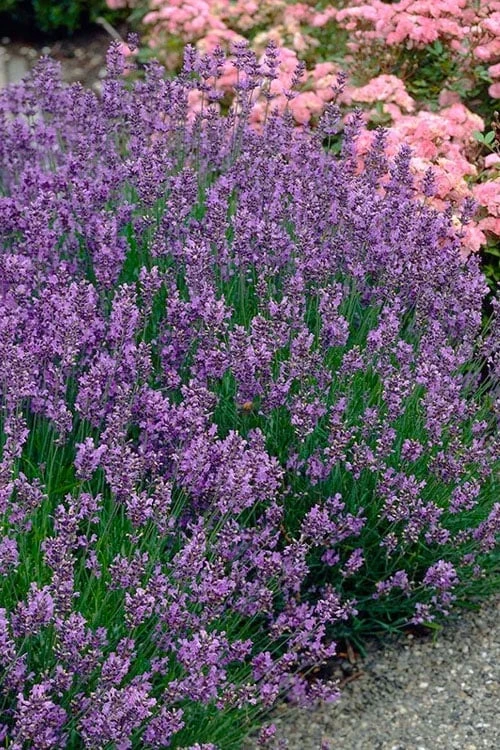
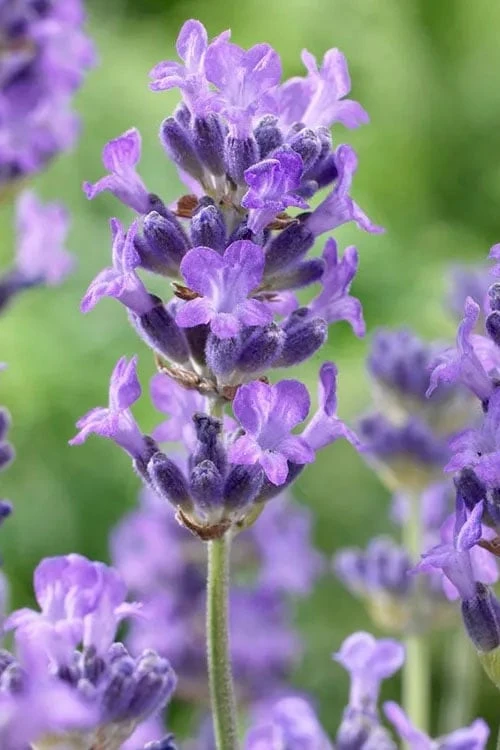

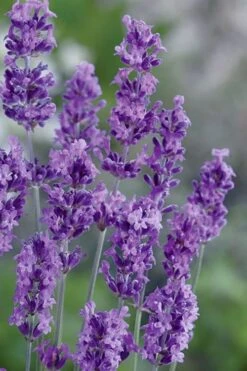


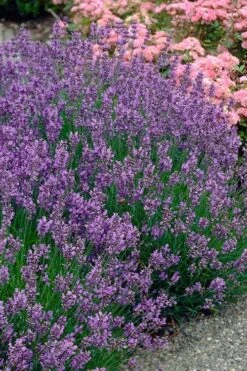

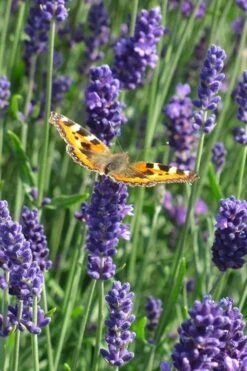
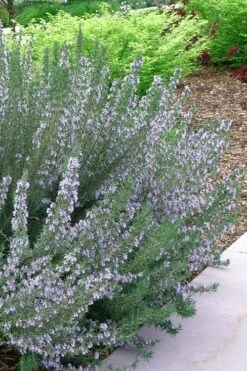
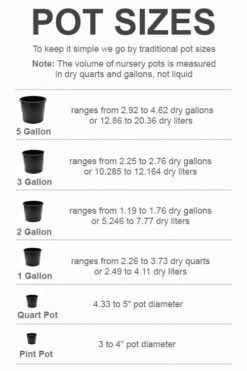


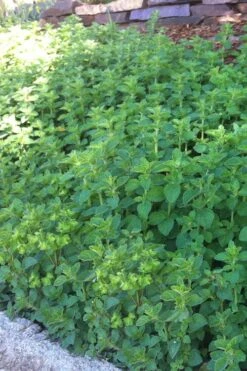
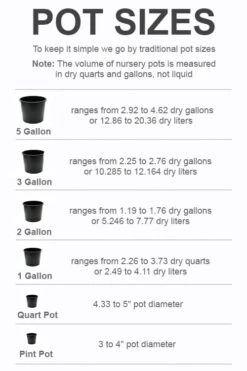


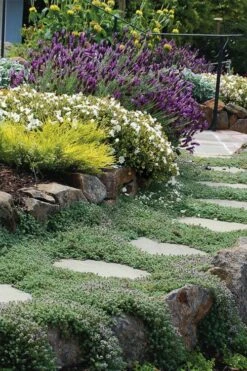

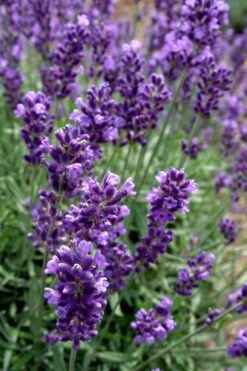

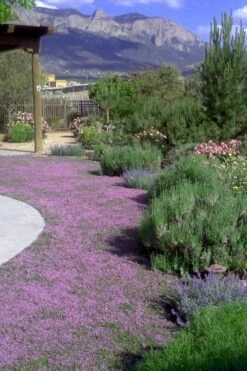
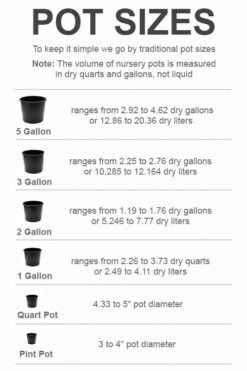
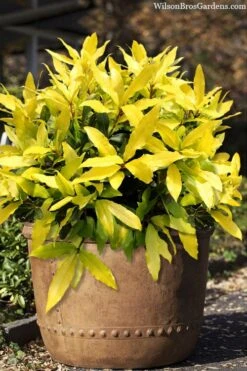
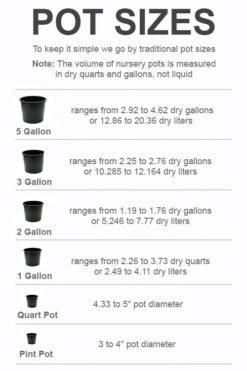
Reviews
There are no reviews yet.